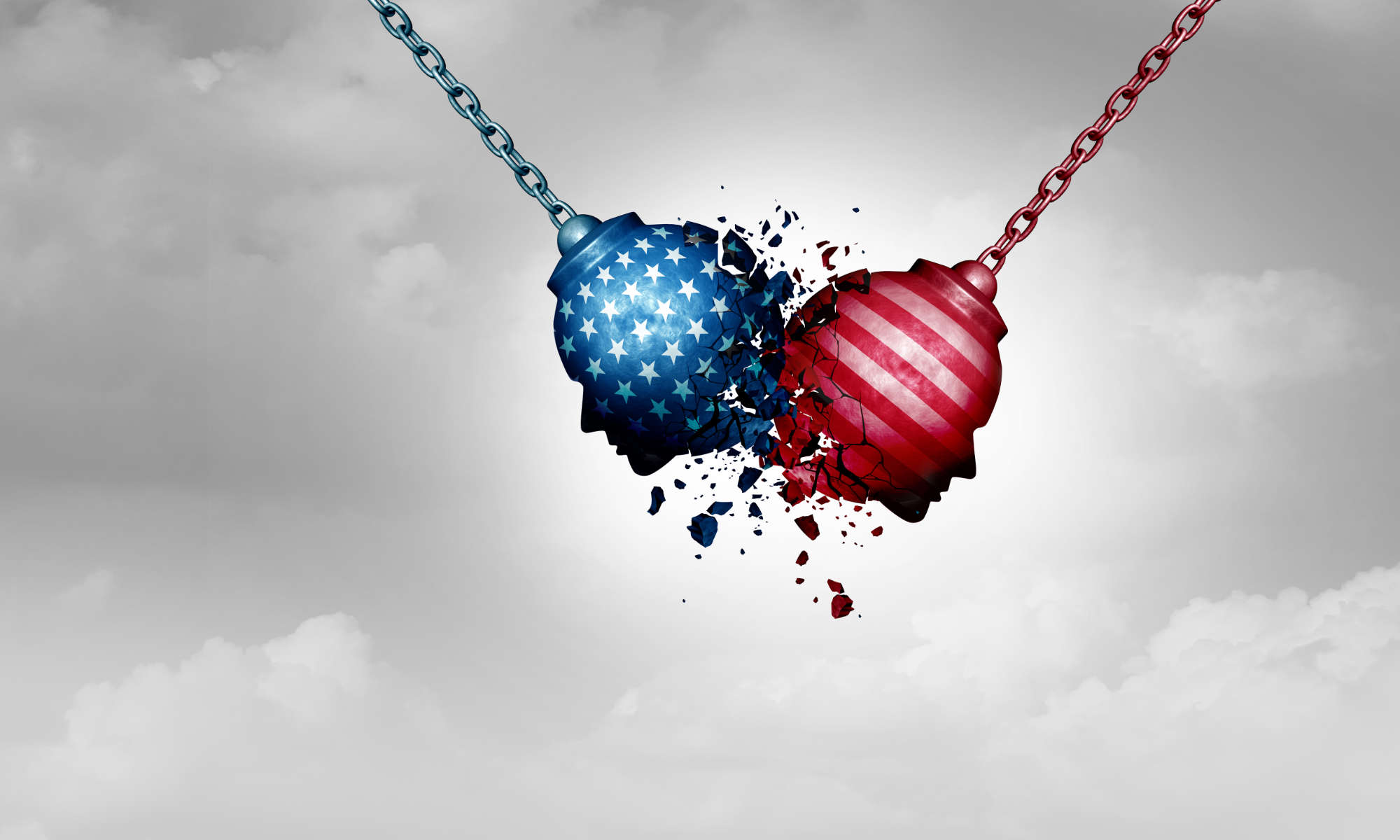The two high school girls, one black and one white, exchanged heated words in the cafeteria until the white girl shouted out a name—actually a pair of names—laden with the worst racial and gender-related insults that could be directed at a young, black female. Her face burning with indignation and humiliation, the black girl reached up with every ounce of her strength and slapped the white girl full across the face.
The black student, who was attending a predominantly white suburban high school, was suspended for a week for physical violence. But as Signithia Fordham, an associate professor of anthropology at the University of Rochester, sees it, the slap in the face wasn’t the only act of violence between the two girls.
“Not all violence is physical, especially the kind often practiced by girls and women,” says Fordham. “And language is the most widely used form of nonphysical violence in human interaction.”
Fordham spent two-and-a-half years studying female-specific bullying, competition, and aggression at Underground Railroad High School—a pseudonym for a predominantly white suburban high school in upstate New York. Her objective was to initiate a re-examination—followed by a redefinition—of the misrecognized harm inflicted in social practices widely assumed to be relatively benign.
As she explains in her new book, Downed by Friendly Fire: Black Girls, White Girls, and Suburban Schooling (University of Minnesota Press), the confrontation between the black student, whom she calls Nadine, and the white student, Kirstin, began as a dispute over seats at a lunch table. Nadine and a friend (also black) left their backpacks at a table and got in a lunch line. In the meantime, Kirstin and several other white students sat at the table and claimed the extra seats. When Nadine and her friend returned and attempted to sit at the table, an argument ensued.
The harm Kirstin inflicted on Nadine came in the form of two vulgar words: one that referred to Nadine’s race, and the second, to her gender. But, Fordham says, “Interestingly, neither Nadine nor school officials recognized this exclusion as harmful in ways that parallel and sometimes exceed the harm readily acknowledged in physical violence.”
Kirstin’s evocation of Nadine’s race and gender makes all the difference, according to Fordham. She argues that in much of contemporary American society, females continue to be rewarded primarily for beauty, male attention, and reproduction. Females who succeed in these contests are seen as gender-appropriate, and the others often considered “spinsters” or “leftover women.” Perhaps for this reason, nonphysical acts of aggression, directed strategically at a victim’s marginalized status, have been shown to have serious social and academic consequences for victims. As a result, Fordham argues, these acts can and should fall under the rubric of violence.
Fordham provides numerous other examples of nonphysical violence in the form of name calling, bullying, and competition among females. Ally, a pseudonym for a 17-year-old white student battling anorexia, is also a victim. A tall girl with a poor self-image and an illness uncommon in her community, Ally is marked as “not normal,” says Fordham, despite being white. As a result, Ally did not attract male protection and became the target of female aggression and bullying.
“Ally unconsciously realizes the social importance of being beautiful and gender-appropriate,” says Fordham. “Like the black girls in my study, she sees herself as not embodying the standard—or normal—image of femaleness.”
Fordham found that the repercussions associated with falling short of the female ideal went well beyond a student’s treatment by fellow classmates; teachers treated these students differently, as well.
Brittany, a pseudonym for another white student, is a case in point. When Brittany was in elementary school, her teachers called her academically gifted. And she recalls being rewarded for her academic efforts in ways teachers did not reward her black girlfriends. Brittany attended a predominantly black city school before transferring to Underground Railroad High. “She was identified as inappropriately white—or even ‘trailer trash’—by the teachers,” Fordham says, adding that Brittany had become “blackened.”
“The social conditions I unmask in my book suggest that academic progress is much less likely for those who don’t fit into the standard view of normal for females,” Fordham warns.
Moreover, she says the failure to consider nonphysical acts of aggression as violence often results in the bully being seen as the victim. That failure, she argues, both masks and fuels further gender-specific violence in society.




